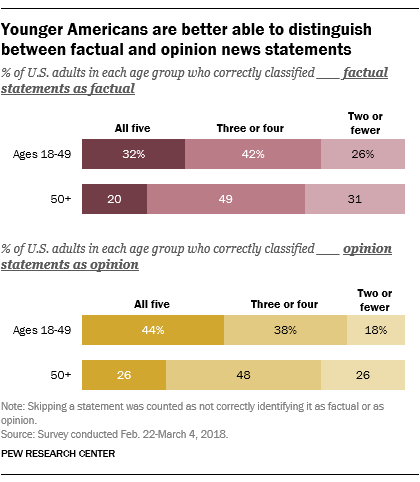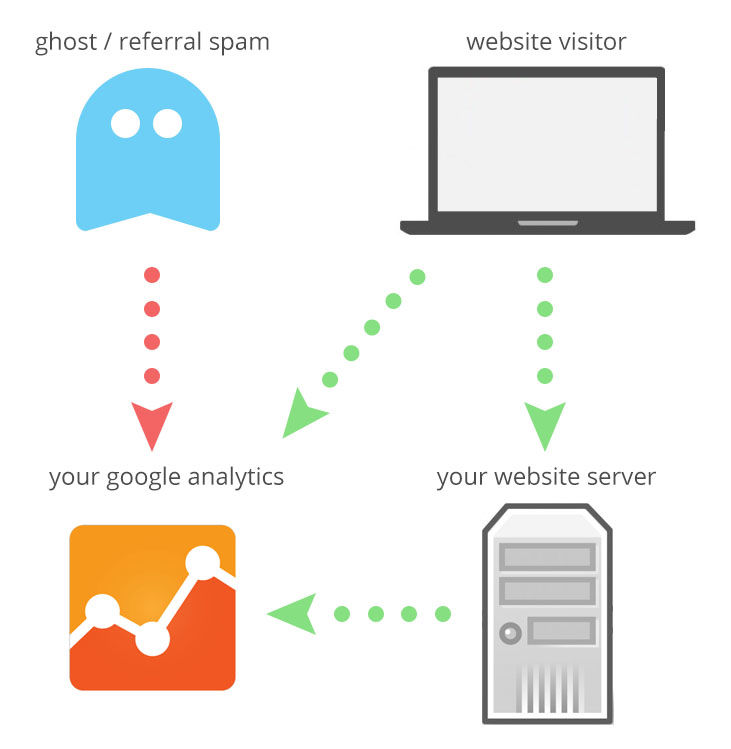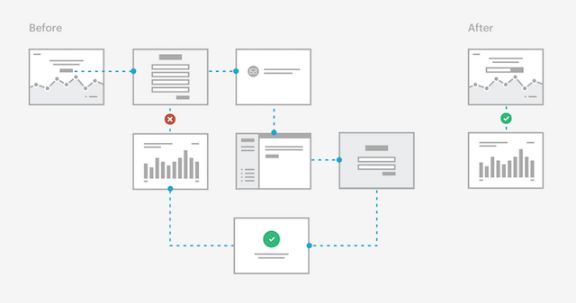Digital Marketing Beyond SEO and marketing automation You’ve created a funnel, but it’s not working. Now what? If you thought you could set it and forget it, you’ve got another thing coming. That’s where funnel optimization comes in. Maximizing your conversion funnels can only happen when you experiment with each element of customer interaction, […]
Younger generations are actually better at telling news from opinion than those over age 50
According to a new analysis from the Pew Research Center, Americans ages 18–49 were more likely to accurately categorize factual statements as facts and opinion statements as opinions. You can test your own ability here, no matter your age. Read “What is Fake News” at https://guides.libraries.psu.edu/fakenews Fake News: Sources that intentionally fabricate information, disseminate deceptive […]
Younger generations are actually better at telling news from opinion than those over age 50
According to a new analysis from the Pew Research Center, Americans ages 18–49 were more likely to accurately categorize factual statements as facts and opinion statements as opinions. You can test your own ability here, no matter your age. Read “What is Fake News” at https://guides.libraries.psu.edu/fakenews Fake News: Sources that intentionally fabricate information, disseminate deceptive […]
Referral spam is compromising the accuracy of most Google Analytics reports!
What Google referral spam is, how to identify it in your reports, methods to clean up historical reports and prevent referral spam from effecting reports in the future. Starting in 2014, there was a full-frontal assault of fake referral spam masquerading as legitimate website visitors compromising the accuracy of our Google Analytics reports! While we […]
You do not need email confirmation
Get more a lot more conversions! You do not need email confirmation in your sign up flow This email signup is overcomplicated Create an account with an email and password Thank you message: “Please confirm your account” Go to your inbox, click the “Confirm your email” Thank you message: “Please sign in” You still there? […]



